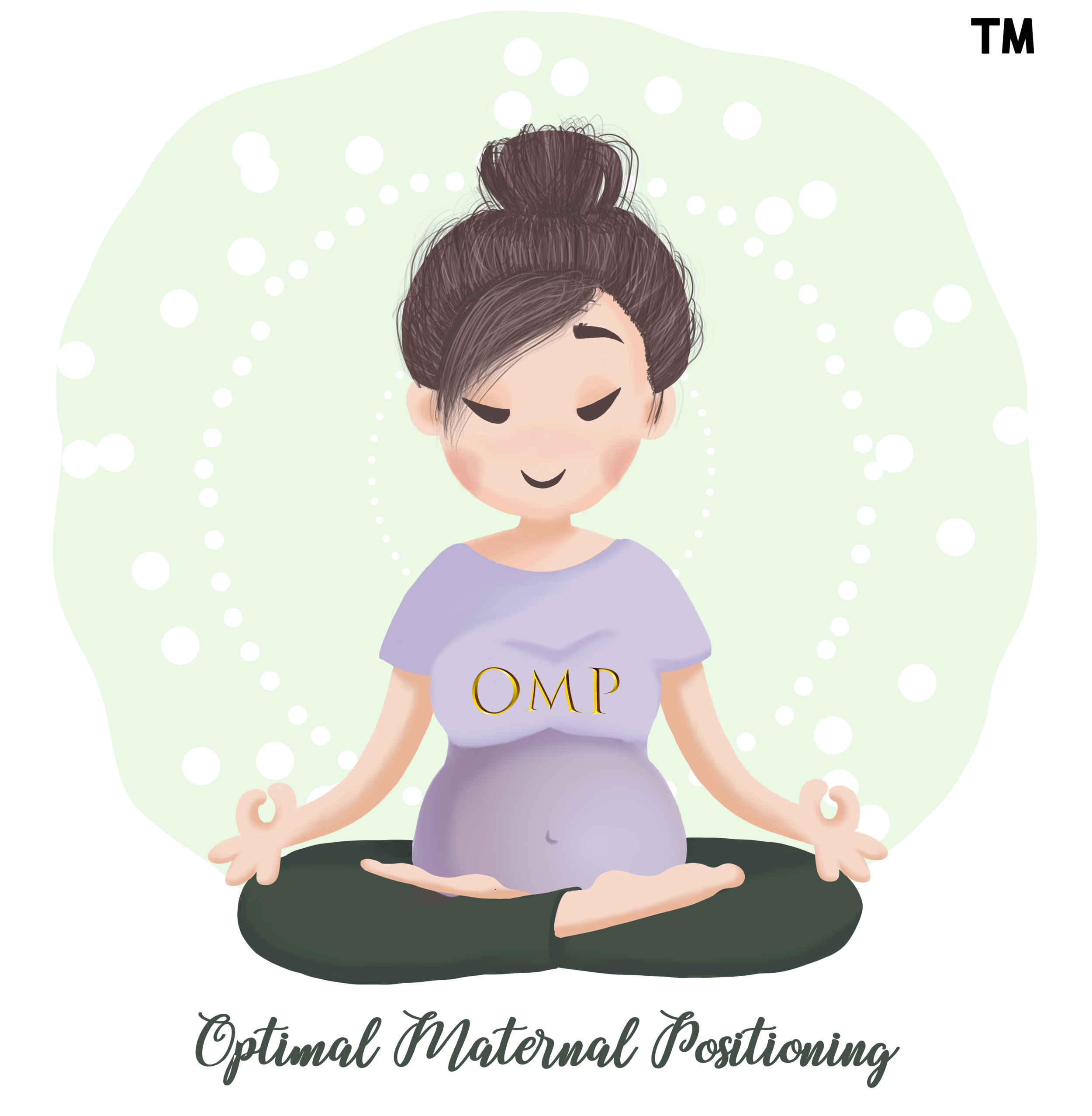2.0 Pelvic Transitions
2.0 Pelvic transitions
Pelvic Transitions are small movements where they change the orientation of the pelvis, however they do not modify the opening of the pelvis. So what does that really mean?
Imagine that you are attempting to throw a basketball into the basket and even though you were going to miss the shot because your aim was off, someone moves the basket to catch the ball for you. In the same way, when the contraction is pushing the baby’s head into the pelvis and the baby’s head misses the angle into the pelvic entry is exactly the same principle. When the laboring mother uses pelvic transitions during contractions, what she does is change the pelvic orientation to optimise the chances of the baby’s head entering into the pelvis.
Pelvic transitions can be done in these OMP Active Birth Positions:
Standing
Sitting on a gym ball
Kneeling or on ‘all-fours’
Front-to-Back
Pelvic Transitions are small movements done during contractions in OMP Active Birth Positions such as standing, sitting or kneeling.
Side-to-Side
Pelvic Transitions are small movements done during contractions in OMP Active Birth Positions such as standing, sitting or kneeling.
Circular or Figure-8
Pelvic Transitions are small movements done during contractions in OMP Active Birth Positions such as standing, sitting or kneeling.
When in the above OMP Active Birth Positions, the mother is moving her pelvis in these directions using small movements clockwise or anti-clockwise where the pelvis moves as an intact bowl during contractions:
Front-to-back
Side-to-side
Circular
Figure-8
These movements do not modify the pelvic opening. They change the orientation for the opening which can be very helpful when the baby’s head is doing its best to engage and descend or when the baby’s head is asynclitic.
For OMP Active Birth Positions , OMP Pelvic Mobility Protocols and OMP Comfort Measures to be effective, it has to be done during contractions and used for 5-10 consecutive contractions to see if it is effective in enabling labor to progress.




